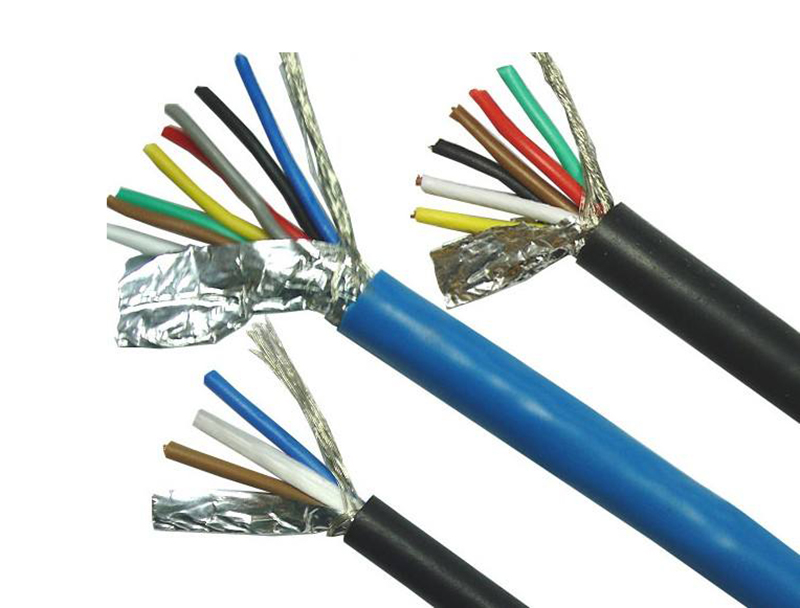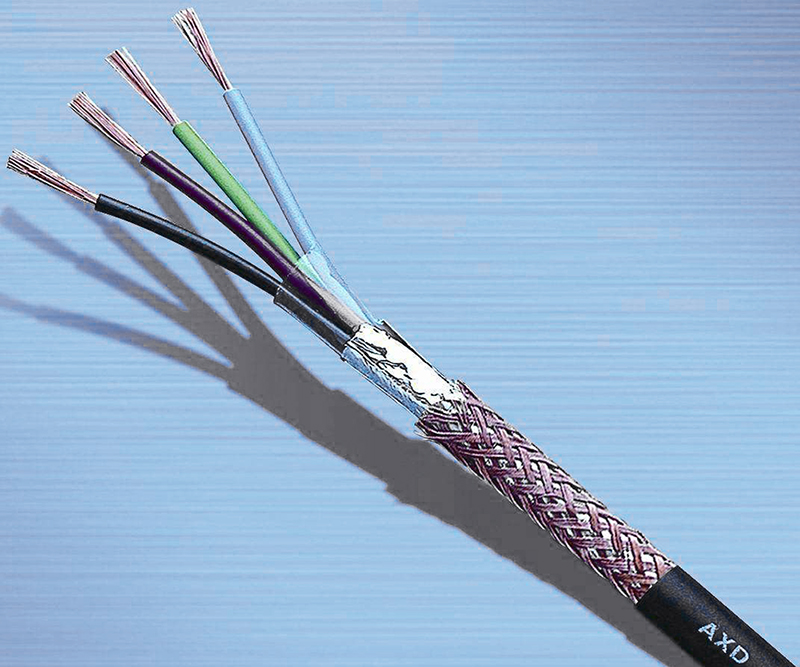The main technical indicators related to fire safety are the flame retardancy of CO2 cables, the density of smoke and the toxicity of the gas. American fire protection standards pay more attention to the first two issues, but Europe and the United States have completely different views on fire safety.
The American traditional concept believes that the root of fire is the production of carbon monoxide (CO) gas and the heat release of CO into CO2 in the subsequent combustion process. Therefore, controlling the heat release during the combustion process can reduce the hazard of fire.
Europe has long believed that the amount of halogen acid (HCL) released during combustion, gas corrosivity, smoke concentration and gas toxicity are the main factors that determine whether people can safely escape from the fire scene.
In order to assess the flame-retardant performance of IEC standard cables, the Internati onal Electrotechnical Commission has formulated three standards: IEC60332-1 standard cable, IEC60332-2 and IEC60332-3. IEC60332-1 and IEC60332-2 are used to evaluate the flame retardancy of a single core wire winding when placed in an inclined and vertical position (corresponding to GB12666.3 and GB12666.4 standards in China), IEC60332-3 (corresponding to GB12666.5-90 in China) ) Is used to evaluate the flame retardant ability of the bundled cable when it burns vertically. In contrast, the flame retardant ability of the bundled cable when it burns vertically is much higher.
onal Electrotechnical Commission has formulated three standards: IEC60332-1 standard cable, IEC60332-2 and IEC60332-3. IEC60332-1 and IEC60332-2 are used to evaluate the flame retardancy of a single core wire winding when placed in an inclined and vertical position (corresponding to GB12666.3 and GB12666.4 standards in China), IEC60332-3 (corresponding to GB12666.5-90 in China) ) Is used to evaluate the flame retardant ability of the bundled cable when it burns vertically. In contrast, the flame retardant ability of the bundled cable when it burns vertically is much higher.
This is the flame retardant standard for bundled cables. The test stipulates that a bundle of 3.5m cable samples is fixed on a trapezoidal test frame with iron wires, and the number of samples is determined by the non-metallic materials required by different classifications. The sample is hung vertically on the back wall of the combustion furnace, and air is introduced into the combustion furnace through the air inlet on the bottom plate.
The propane plane burner is in contact with the sample with a flame at 750°C, and the sample must not be ignited within 20 minutes of vertical combustion when the sample is forced to blow (air discharge 5m3/min, wind speed 0.9m/s), and the cable spreads in the flame It will extinguish itself within 2.5 meters. IEC60332 i s divided into Class A, Class B, Class C and Class D to assess the pros and cons of flame retardancy.
s divided into Class A, Class B, Class C and Class D to assess the pros and cons of flame retardancy.
UL flame retardant standards:
If any cable listed by UL has been tested and verified to meet a certain fire rating, the UL identification, fire rating and approval number can be printed on the cable.
Supercharged-CMP level (supply air combustion test/Steiner tunnel test /Plenum flame test/Steiner tunnel test)
This is the most demanding cable (Plenum cable) in the UL fire protection standard. The applicable safety standard is UL910. The experiment stipulates that multiple samples are laid on the horizontal air duct of the device and burned with an 87.9KW gas Bunsen burner (300,000BTU/Hr) for 20 minutes . The eligibility criterion is that the flame cannot extend beyond 5 feet from the front end of the gas Bunsen burner. The maximum optical density is 0.5, and the average density is 0.15
This kind of CMP cable is usually installed in the air return booster system used in ventilation ducts or air handling equipment, and is approved for use in Canada and the United States. FEP/PLENUM materials that meet UL910 standards have better flame retardancy than low-smoke halogen-free cable materials that meet IEC60332-1 and IEC60332-3 standards, and the concentration of smoke when burned is lower.
